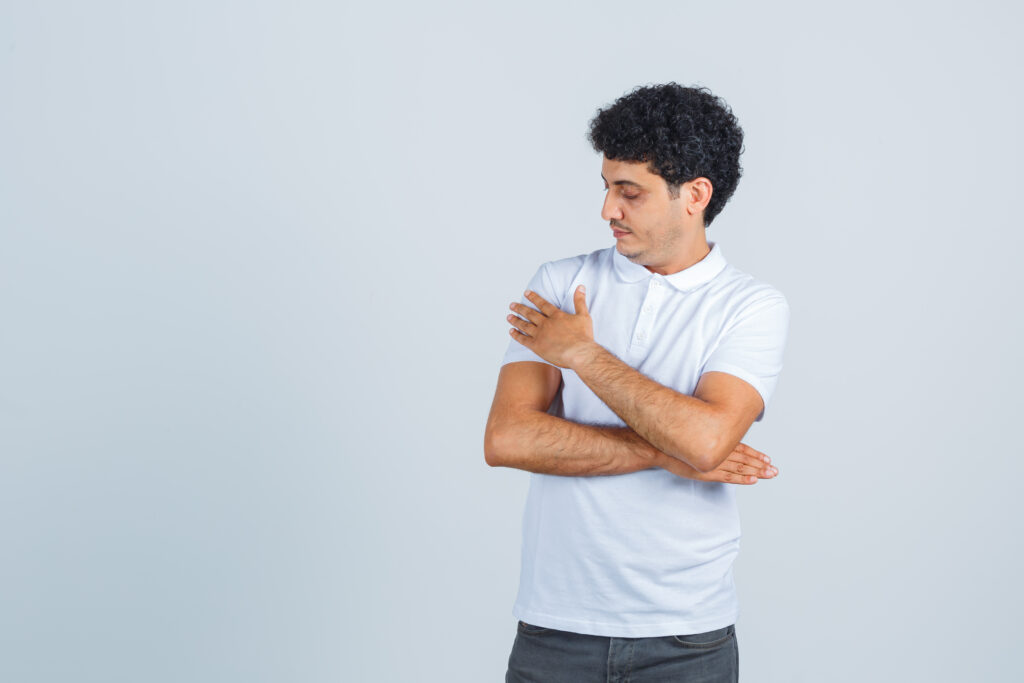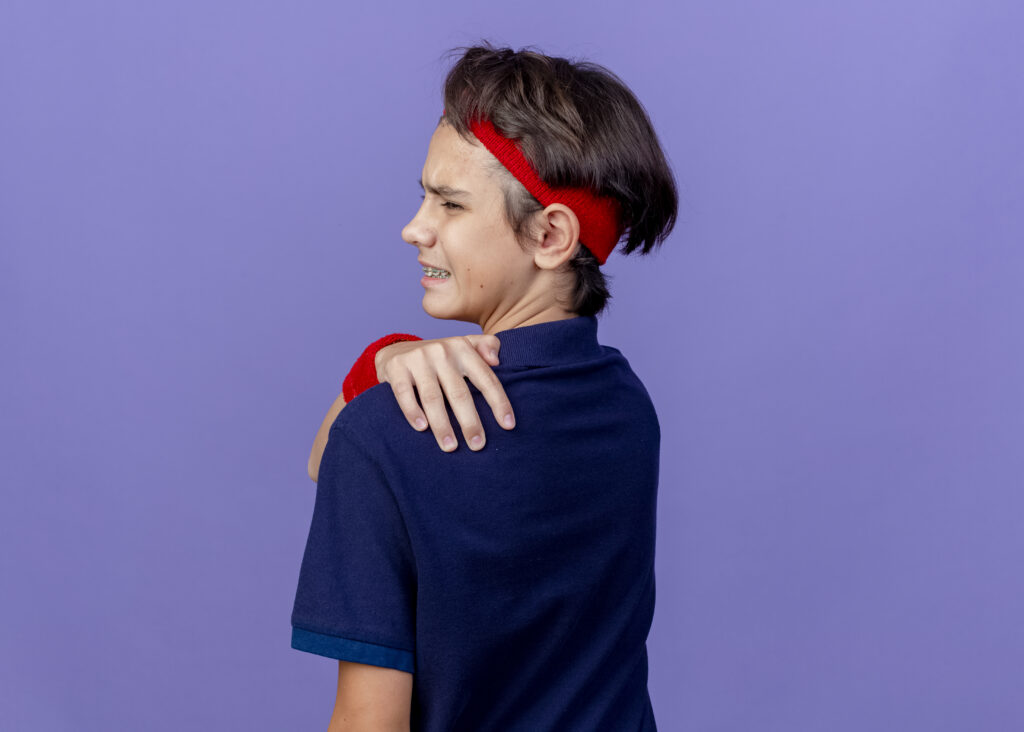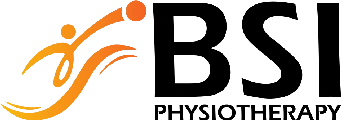Paediatric vs Adolescent Shoulder: Key Differences Every Parent Should Know

At BSI Physiotherapy, Bangalore, we frequently see young athletes with shoulder complaints. Some parents come in saying, “My 10-year-old has shoulder pain when throwing,” while others ask, “Why does my 14-year-old’s shoulder hurt during cricket?” Both are valid concerns, but the underlying reasons can differ drastically. This blog will help you understand the difference between paediatric and adolescent shoulder injuries, how physiotherapy management changes, and what every parent and coach should know.
Growth Differences: Paediatric vs Adolescent Shoulder
One of the most important aspects to understand is growth plate physiology.
- Paediatric Shoulder (Children under ~12 years):
In younger children, the growth plates (physes) in the shoulder are still open. This makes them more vulnerable to growth plate injuries such as Little League Shoulder (proximal humeral epiphysitis). Their bones are weaker compared to soft tissues, so repetitive stresses can damage the growth plate.
Adolescent Shoulder (13–18 years):
As teenagers approach skeletal maturity, the growth plates begin to close. The injury pattern shifts — instead of growth plate injuries, adolescents are more prone to labral tears (SLAP lesions), shoulder dislocations, and rotator cuff tendinopathy. This is why shoulder dislocation in teens is a common sports injury across India.
Common Shoulder Injuries in Paediatric Age

Parents often notice pain in their child’s shoulder when they play, swim, or throw. Some common conditions include:
- Growth plate stress injuries (Little League Shoulder)
- Overuse shoulder injuries in children (especially in cricket and swimming)
- Avulsion fractures (where a tendon pulls a piece of bone away due to stress)
- Congenital or structural issues that make the shoulder weak
Symptoms to watch for:
- Persistent shoulder pain not improving with rest
- Pain when throwing or lifting overhead
- Swelling or tenderness around the shoulder
If you’re in Bangalore and searching for “children shoulder physiotherapy near me” or “paediatric shoulder injury treatment in Bangalore”, consulting early at a specialist clinic like BSI Physiotherapy can prevent long-term problems.
Common Shoulder Injuries in Adolescents
As teens grow and start playing at higher intensity, their shoulders face different risks:
- Shoulder dislocations & recurrent instability (very common in contact sports like football and kabaddi)
- SLAP tears (labral injuries) due to overhead sports
- Rotator cuff tendinitis or tears from repetitive overuse
- Glenoid cartilage injuries
Typical symptoms:
- A “popping” or “giving way” sensation
- Pain during throwing or overhead movements
- Weakness, stiffness, or clicking in the shoulder
If you notice your teenager struggling with any of these, don’t wait — search for “adolescent shoulder dislocation physiotherapy Bangalore” or “teenage shoulder pain physiotherapy India” and book a session at BSI Physiotherapy.
How Physiotherapy Treatment Differs
At BSI Physiotherapy, our approach for paediatric and adolescent shoulders is customized.
| Consideration | Paediatric Shoulder | Adolescent Shoulder |
| Growth plate protection | Avoid heavy loading, gradual strengthening | Higher load allowed, with sport-specific rehab |
| Flexibility & mobility | Gentle stretching, correcting imbalances | Advanced joint mobilizations, strengthening |
| Stability & control | Focus on neuromuscular control, scapular training | Stability with plyometrics, dynamic drills |
| Return-to-sport | Slower, conservative progression | Criteria-based, sport-specific readiness tests |
This is why rehab for a 10-year-old’s shoulder pain is very different from rehab for a 16-year-old with a dislocation.
Prevention & Awareness Tips for Parents and Coaches
- Avoid overtraining: Overuse shoulder injuries in children and teens are common in India due to high training loads in cricket and swimming academies.
- Enforce rest days: Kids should not train 7 days a week; recovery is as important as training.
- Prioritize warm-up & cooldown: Proper warm-up and stretching reduce risk of injury.
- Watch for red flags: If your child or teen has persistent shoulder pain, don’t ignore it.
Get regular screening: At BSI Physiotherapy Bangalore, we offer sports-specific movement screening for young athletes to catch early signs.
Local Relevance: Why Bangalore Parents Should Pay Attention
Bangalore is home to several sports academies and schools where children play cricket, badminton, tennis, swimming, and football at competitive levels. With rising training intensity, paediatric and adolescent shoulder injuries are becoming more common in Bangalore.
Searching for:
- “Best shoulder physio for teens in Bangalore”
- “Paediatric sports injury Bangalore”
- “Youth shoulder instability physiotherapist India”
- “Shoulder labral tear rehab adolescent India”
…will often lead you to BSI Physiotherapy, where our team of expert physiotherapists specializes in children’s sports injuries, adolescent shoulder rehab, and return-to-sport protocols.
Conclusion
The difference between paediatric and adolescent shoulders lies in how they grow, how they get injured, and how they recover. A paediatric shoulder is more prone to growth plate injuries, while an adolescent shoulder is more likely to suffer dislocations, labral tears, or rotator cuff problems.
At BSI Physiotherapy Bangalore, we understand these differences and offer specialized physiotherapy for paediatric and adolescent shoulder injuries. Whether your 10-year-old is struggling with shoulder pain or your teenager has had a dislocation, we provide evidence-based, age-specific rehab to get them back to sports safely.
